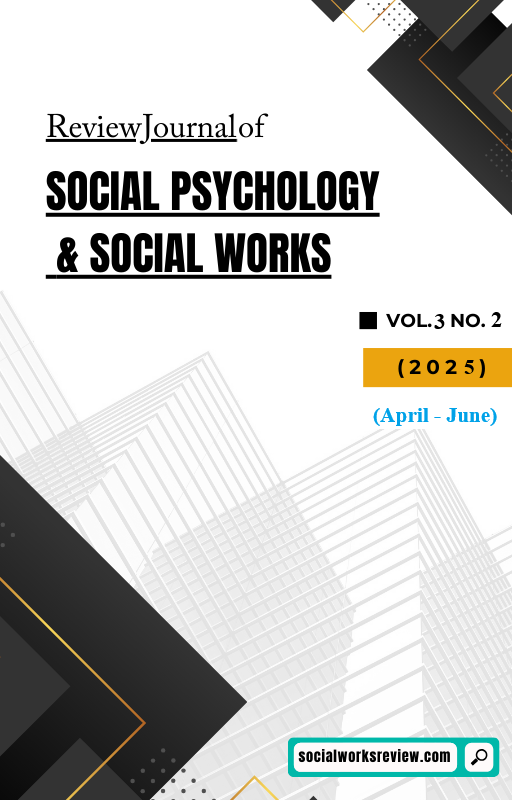Threads of Influence: Reframing the 2025 Indo-Pak Confrontation as a Proxy Showcase of U.S. and Chinese Strategic Doctrines
Keywords:
Indo-Pakistan conflict, arranging nations in strategic alliances, using proxies in wars, the U.S.-China rivalry, fighting hybrid warfare, using military diplomacy, the geopolitical significance of symbolsAbstract
The events of early 2025 between India and Pakistan show a new type of conflict in today’s world, very different from the past. The situation did not turn into actual fighting but was treated as a planned and organized way for both India and Pakistan to display their latest military tools, methods, and alliances, tied to the U.S. and China. In this article, author considers the confrontation by incorporating aspects from strategic studies, analyzing the way it is described, and looking at it qualitatively. Analysis of available information and messages from the government allows the study to explain that both nations fought a hybrid conflict that featured advanced technology, cyber moves, and diplomatic exchanges instead of battles. It is made clear in the findings that apart from the growing conflicts in the region, South Asia now stands as a stage where Washington and Beijing project their military strengths through India and Pakistan. This approach makes realists reconsider their importance of territorial issues and direct wars by emphasizing how conflicts act and are shown nowadays. It is also explained in the study how the strong influence of global powers in South Asian countries weakens their autonomy and endangers regional peace. All things considered, the 2025 Indo-Pak confrontation demonstrates how new and observable types of conflict contribute to the way global development proceeds





